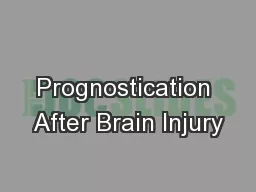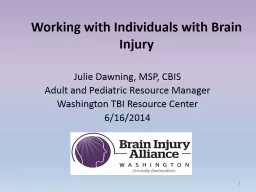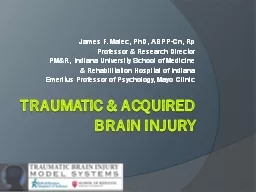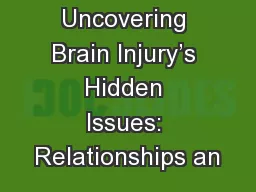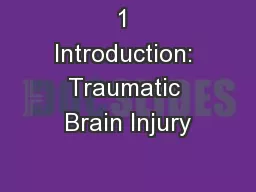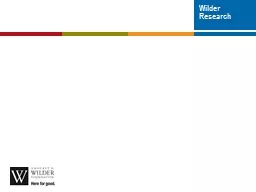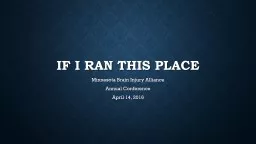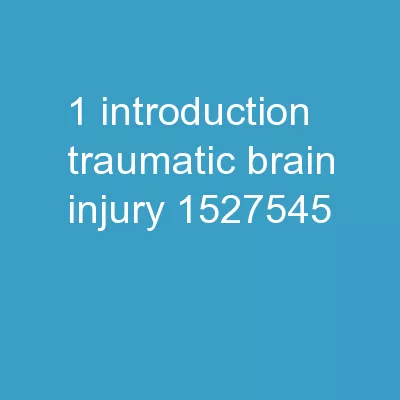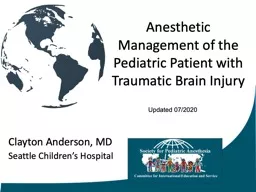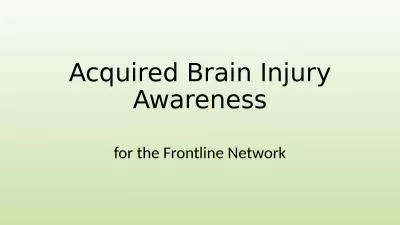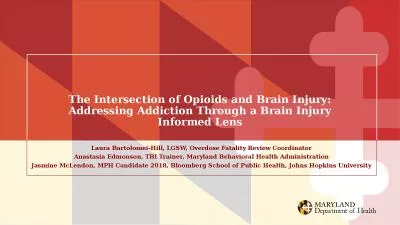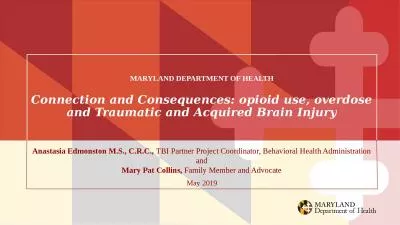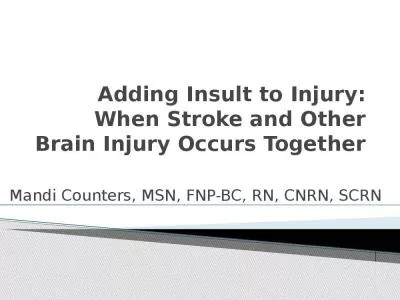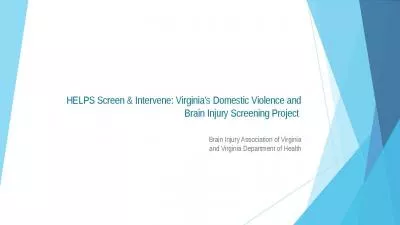PPT-Prognostication After Brain Injury
Author : phoebe-click | Published Date : 2018-01-03
Organ Donation Midland Collaborative 7 th May 2015 Birmingham Maria Cartmill Are we able to prognosticate No or not accurately for an individual patient Hippocratic
Presentation Embed Code
Download Presentation
Download Presentation The PPT/PDF document "Prognostication After Brain Injury" is the property of its rightful owner. Permission is granted to download and print the materials on this website for personal, non-commercial use only, and to display it on your personal computer provided you do not modify the materials and that you retain all copyright notices contained in the materials. By downloading content from our website, you accept the terms of this agreement.
Prognostication After Brain Injury: Transcript
Organ Donation Midland Collaborative 7 th May 2015 Birmingham Maria Cartmill Are we able to prognosticate No or not accurately for an individual patient Hippocratic aphorism. Organ Donation Midland Collaborative. 7. th. May 2015 Birmingham . Maria Cartmill. . Are . we able . to prognosticate. ?. . No. ..or not accurately for an individual patient…. Hippocratic aphorism. Julie Dawning, MSP, CBIS. Pediatric Resource Manager. Washington . School Counselor Association . 1/30/2015. 1. Brain Injury statistics and terms. How to screen for Brain Injury. All about concussions. James F. . Malec. , PhD, ABPP-. Cn. , . Rp. Professor & Research Director. PM&R, Indiana University School of Medicine. & Rehabilitation Hospital of Indiana. Emeritus Professor of Psychology, Mayo Clinic. Gina Wheatley, LCSW . . CBA Clinical Behavior Analysis. What I hope you will take away from. this presentation.... Enhanced insight into the problems surrounding ABI and relationships. .. Specific challenges with ABI and sexuality factors (physical and mental factors). Chris Rorden. Overview of course. Motivation and Significance of Topic. Basic terms and anatomy. 2. Brain function. Brain functions are both distributed and modular. . Modular: focal injury can lead to specific impairment. . Francie Streich. Wilder Research. Manfred Tatzmann. DHS TBI Advisory Committee. Purpose of the study. Study components. Overview of . results. Information about full report. Agenda. Determine . the capacity of Minnesota’s local service system to meet the needs of people with brain . Annual Conference. April 14, 2016. . If I Ran This Place . . .. My Story . Mike Wilson. Other Influences. Working for Somebody Else. Reality Unlimited, LLC. Structures, Environment, People . What I have learned. Chris Rorden. Deficits associated with focal injury. Typical scanning modalities. 2. Describing cortex location. Brodmann Areas (BAs, 1909). Appearance of cortex under microscope. Not necessarily function. Clayton Anderson, MD. Seattle Children’s Hospital. . Updated 07/2020. Disclosures. No relevant financial relationships to disclose. Objectives. Review global epidemiology. Define traumatic brain injury (TBI) pathophysiology and principal clinical objectives. for . t. he Frontline Network. Leigh Andrews. Speech and Language Therapist. Change Communication in the Frontline Network. ABI training to staff and volunteers . Provision of free resources to attendees.. Laura . Bartolomei. -Hill, LGSW, Overdose Fatality Review Coordinator. Anastasia Edmonson, TBI Trainer, Maryland Behavioral Health Administration. Jasmine McLendon, MPH Candidate 2018, Bloomberg School of Public Health, Johns Hopkins University. MARYLAND DEPARTMENT OF HEALTH. Anastasia . Edmonston. M.S., C.R.C., . TBI Partner Project Coordinator, Behavioral Health Administration. and. Mary Pat Collins, . Family Member and Advocate. . . Mandi Counters, MSN, FNP-BC, RN, CNRN, SCRN. I have no disclosures. Disclosures. Identify long term consequences of brain injury vs stroke. Discuss the cumulative impact of stroke and brain injury. Discuss how other illness impact cumulative brain injuries. Brain Injury Association of Virginia. and Virginia Department of Health. Acronyms you may encounter . within . this presentation:. IVP – Intimate Partner Violence. DV – Domestic Violence. TBI – Traumatic Brain Injury.
Download Document
Here is the link to download the presentation.
"Prognostication After Brain Injury"The content belongs to its owner. You may download and print it for personal use, without modification, and keep all copyright notices. By downloading, you agree to these terms.
Related Documents

